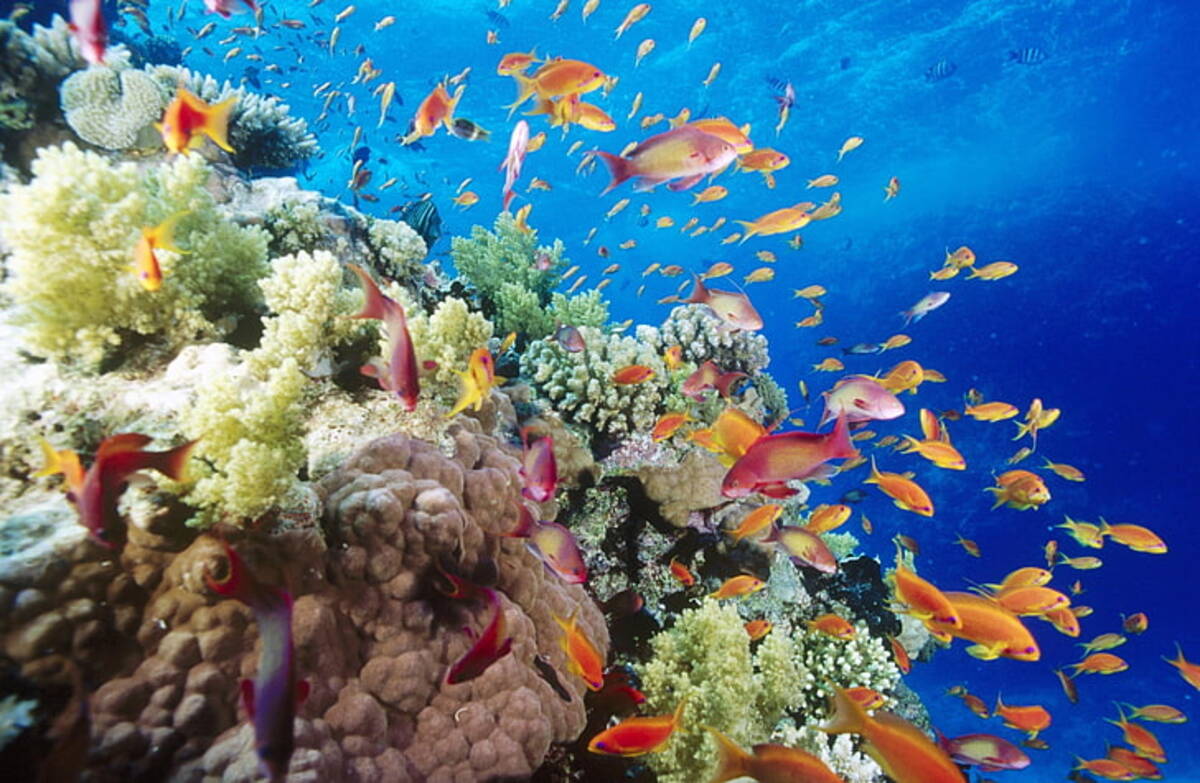The famous Galapagos Islands, have incalculable ecological value. There live thousands of unique species which inspired Darwin’s theory of evolution. But, in the sense of money, how much are they worth? Debt-for-nature will decide.
We must talk in real money worth because there will be a swap deal – “debt-for-nature”. This is one of discussions in this year’s COP27. According to people familiar with the talks, that means some countries will see reduced debts in exchange for protecting their offshore territory’s fragile ecosystem.
Galapagos Islands are a territorial part of Ecuador and some say its “debt-for-nature” swap deal will be around $800 million.
Debt-for-nature for others too
Other countries with endangered natural regions also need these types of agreements. It is a part of efforts to address an impasse confronting world leaders at the United Nations COP27 summit in Egypt. The question is – who will foot the bill for the global fight against biodiversity loss and climate change?
According to Simon Zadek, executive director of NatureFinance, which advises governments on debt-for-nature swaps and other types of climate-focused finance, there is now a big push to get nature into sovereign debt markets.
He added that the tragedy of debt distress presents a real opportunity, pointing to nature-rich countries that appear to be ideal debt swap candidates following significant drops in their bond prices this year.
Ecuador is giving its best, but…
Ecuador is not one of the world’s wealthier countries. It is a serial defaulter, and its sovereign bonds are once again trading at “distressed” levels, or at a significant discount to their face value. It does, however, have a rich biodiversity and will be implemented in a larger region where much of the wildlife has been wiped out.
Discussions about this kind of deal are confidential. But there are sources who say that Ecuador is in talks with banks and a nonprofit group in an attempt to reach an agreement. This agreement is worth about $800 million of Ecuador’s debt. The debt needs refinancing more cheaply, freeing up the savings for conservation efforts.
At that level, it is the largest debt-for-nature swap. Others, however, including Sri Lanka, have been discussing a deal worth up to $1 billion, according to people familiar with the talks.
Others also need debt-for-nature swap deal
Meanwhile, Cape Verde, an archipelago nation off the coast of West Africa, is close to a nature swap worth up to $200 million. This information comes from Jean-Paul Adam, a former Seychelles government official who now works for the United Nations. The Economic Commission for Africa (UNECA) provides governments with financial advice.
The governments of Ecuador, Sri Lanka, and Cape Verde still do not say anything in public. Although, Ecuadorian President Guillermo Lasso said in a local newspaper that the Galapagos swap deal could be completed in four or five weeks. His statement was published on October 12.

